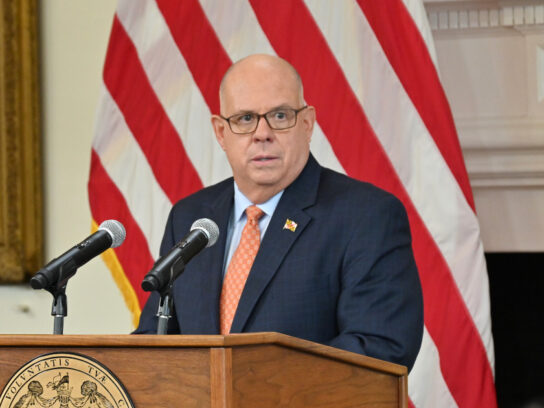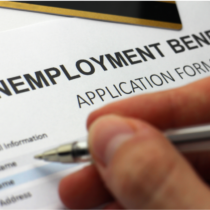
Governor Larry Hogan announced on Monday that Maryland submitted its annual performance report to the Department of the Treasury detailing the use of federal funds during the pandemic, according to a press release. The report, released on August 1, highlights some of the successes of the federally allocated funds but also the shortcomings.
“The COVID-19 pandemic resulted in the worst economic collapse since the Great Recession and caused hardship for people all across our state and nation,” said Hogan. “By utilizing these resources to supplement our aggressive economic relief measures, our state has led one of the strongest health and economic recoveries in America.”
The federal law funding the pandemic recovery is called the American Rescue Plan Act (ARPA). It distributes money through State and Local Fiscal Recovery Funds (SLFRF), according to the U.S. Treasury.
ARPA was passed into law in March 2021. It constrained states to spend the funds to aid public health, to combat negative economic consequences of the pandemic, and as a replacement for lost revenue, according to the U.S. Treasury’s final rule in the Federal Register.
Hogan and the General Assembly established a budget for the funds within the next month.
In the year since, the state has spent 67% of the $3.717 billion allocation. The funding produced 28 projects and 89 subproject. As of this month less than half have been completed. The report details these projects, their outcomes over the past year, and a fiscal forecast for 2023.
Some key findings:
- As of June 2022, the state’s unemployment rate was 4.0%, which is 0.2% lower than its pre-pandemic level of 4.2%. The high, during the height of the pandemic, was 9.5%.
- The state initiated Connect Maryland, which sought to make broadband and online education universally accessible.
- The Temporary Assistance for Needy Families (TANF) rose from a pre-pandemic 25,000 families to a high of 57,000. The state allocated an additional $100 per month to these families and provided extra funding for utilities relief.
- Pandemic unemployment claims exhausted the state’s Unemployment Insurance (UI) Trust Fund. The state was able to pay off its loan obligations with the federal government by the end of 2021.
Also among these initiatives was the reinvigoration of the RELIEF Act, which provided direct stimulus payments to low and moderate income earners. Other project highlights include mental health assistance, business relief funds, additional broadband funds, and infrastructure projects.
With less than half of the projects completed, more funding will be needed But it is unclear how much and whether the state can afford it. The state still has 33% of the initial allocation, some $1.2 billion.
Read the report here. For more information on ARPA and SLFRF, click here.


Comments are closed.